The 80s and 90s family movies are worth the journey down memory lane. Remember those cozy evenings cuddled up with loved ones, popcorn in hand, in front of the TV? Those were the days!
These movies were like treasure chests full of heartwarming tales and exciting adventures that brought families closer together. With technology zooming ahead, there’s a buzz about remaking these classics.
And let me share some of the all-time fave family movies from that era. If you’ve watched them and you agree that they’re worth the remake, comment below! Ready to relive the magic of these gems and celebrate the joy of family movie nights? Let’s go!

Credits: @moerocks444 / Pinterest
Top Picks
- Discover the magic of “Big,” “The NeverEnding Story,” and “Field of Dreams” – heartwarming tales that will captivate audiences of all ages.
- Embark on thrilling adventures with “Honey, I Shrunk the Kids,” “The Goonies,” and “E.T.” – classic stories that are ripe for a modern retelling.
- Experience the epic saga of “Star Wars” and the time-traveling excitement of “Back to the Future” – beloved franchises that continue to inspire generations.
- Dive into the enchanting world of “The Little Mermaid” and explore the possibilities of a live-action remake that captures the heart of the original.
1. Big
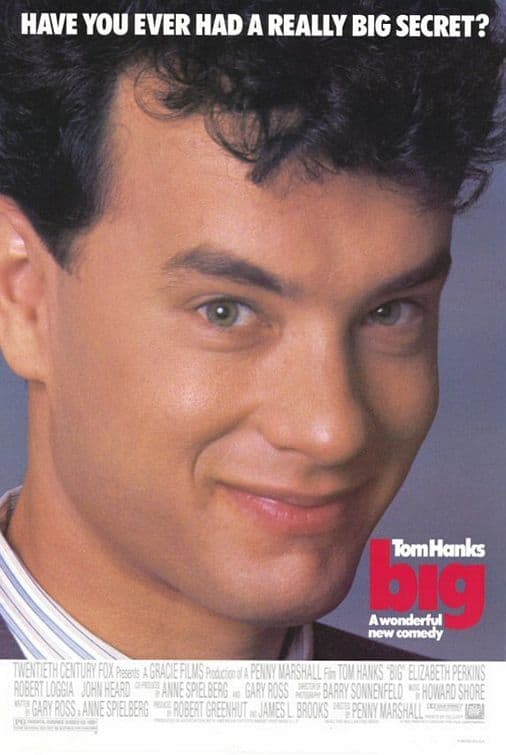
Credit: @armovieguys / Pinterest
Big” is an iconic film from the 80s about dreams coming true, but it’s not just for children! Tom Hanks is as hilarious as ever as he portrays his character Josh, a spirited young boy who woke up in the body of a grown-up he wishes to be “big.”
Envision a story unfolding, where a spirited young lad named Josh dares to dream big, only to awaken in the towering frame of an adult, brought to life by the comedic genius of Tom Hanks.
Suddenly, he’s navigating the adult world while still being a kid at heart. With its blend of humor and heartfelt moments, “Big” is a timeless classic that deserves a modern remake, perfect for a family vacation movie.
Why This Series Deserves a Remake?
Well, imagine a fresh take on this tale with stunning animation that brings Josh’s adventure to life in a whole new way. Think about the possibilities of exploring mature themes like growing up, friendship, and staying true to yourself.
Plus, who wouldn’t want to see a CGI-animated version of the famous piano scene? A remake of “Big” could introduce this beloved story to a whole new generation of children and adults alike, making it a must-watch for family movie nights.
2. Honey, I Shrunk the Kids
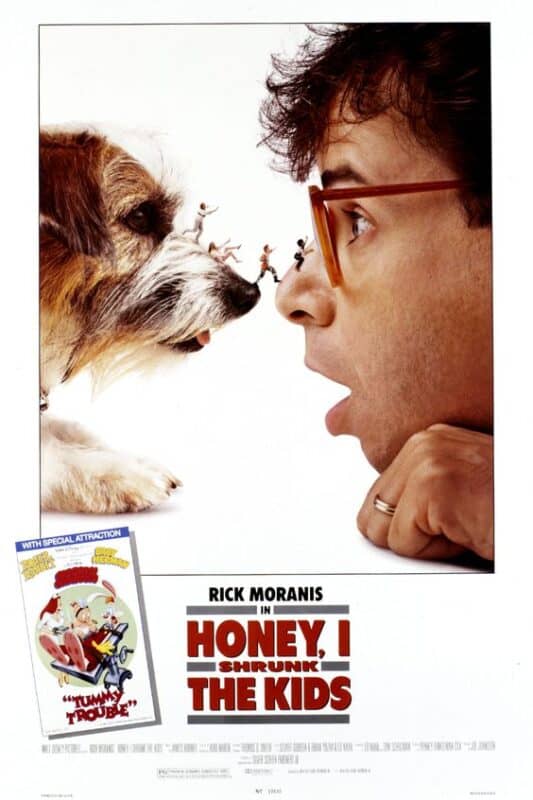
Credit: @zap2it / Pinterest
Besides Toy Story and Addams Family children in the 80s love to watch, an adventure of epic proportions with “Honey I Shrunk the Kids” is also a fave! It’s a funny movie that shows a wacky scientist inventing a machine that accidentally miniaturizes his kids and their friends.
Now, they must navigate the backyard jungle, encountering giant bugs, sprinklers, and towering blades of grass. It’s like “Karate Kid” meets “Cool Runnings” in a backyard-sized world!
Why This Series Deserves a Remake?
This classic movie from the 80s is a true gem of children’s movies, packed with humor, heart, and a dash of danger. But why stop there?
Imagine the thrills and spills of a modern remake, with state-of-the-art effects bringing the backyard adventure to life like never before.
With its timeless appeal and potential for fresh twists, “Honey I Shrunk the Kids” deserves a remake that will introduce a whole new generation to the magic of shrinking adventures!
3. Star Wars

Source: forbes.com
Grab your little brother, older brother, or even your long-lost uncle, and get ready for a journey beyond the stars! Let’s have a space jam with “Star Wars”!
Movies from the 80s and 90s aren’t complete without a brave farm boy named Luke Skywalker. He discovers he’s destined for greatness when he crosses paths with a wise old Jedi named Obi-Wan Kenobi.
Together, they embark on a daring adventure to rescue Princess Leia and defeat the evil Darth Vader. But this isn’t just any space saga—it’s a timeless tale of courage, friendship, and the battle between good and evil.
Why This Series Deserves a Remake?
This is one of the 80s movies that deserves a remake. It’s an epic adventure with stunning animation, perfect for a modern family movie night!
With its never-ending story and unforgettable characters, a remake could introduce a whole new generation to the magic of the Force.
Plus, what kid wouldn’t want to watch the thrill of lightsaber duels and epic space battles brought to life in vibrant colors?
And let’s not forget the heartwarming themes of family, friendship, and redemption that make this movie one of the best family movies ever.
Whether you’re a child prodigy or just a kid at heart, watching it is worth it because it promises adventure, excitement, and maybe even a hidden treasure or two along the way. After all, in a galaxy as vast as this, anything is possible.
4. Back to the Future

Credit: @amazon / Pinterest
Back to the Future Part I
In “Back to the Future,” we meet high schooler Marty McFly, who accidentally travels back to 1955 in Doc Brown’s time-traveling DeLorean. There, he inadvertently disrupts the timeline, endangering his existence by interfering with his parents’ first meeting.
With the help of the younger Doc Brown, Marty must orchestrate his parents’ romance while finding a way back to his own time.
Back to the Future Part II
This is like watching a movie that takes us to the futuristic year 2015, where Marty and Doc witness a troubling alternate timeline.
Here, Biff Tannen has altered history for his own gain. They must race against time to fix the timeline and prevent a disastrous future.
Back to the Future Part III
Marty discovers that Doc is trapped in the year 1885. Marty travels back to the Old West to rescue his friend but faces challenges from outlaws and the limitations of 19th-century technology.
Together, they must find a way to get back to the future while navigating the dangers of the Wild West.
These films blend sci-fi, adventure, and comedy, creating a timeless appeal that captivates audiences. With their intricate plots, lovable characters, and memorable moments, “Back to the Future” movies remain beloved classics.
Why This Series Deserves a Remake?
These classics should be remade to introduce their timeless magic to a whole new audience. With today’s advancements in special effects and filmmaking technology, imagine the breathtaking visuals and immersive experiences that could be brought to life on the big screen!
A remake could also offer a fresh take on the beloved storylines, potentially exploring new angles or expanding on the rich universe established by the original trilogy. Moreover, the themes of friendship, adventure, and the importance of family are universal and resonate across generations.
By remaking these films, we can share these valuable messages with today’s kids and families in a contemporary and relevant way. Additionally, a remake could introduce diversity and inclusivity, ensuring these timeless stories are accessible to a more diverse audience.
5. The NeverEnding Story
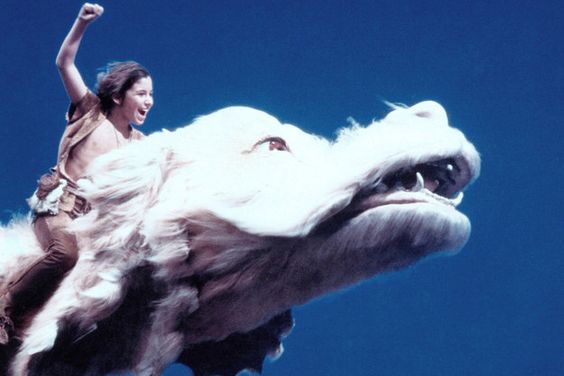
Credit: @buzzfeed / Pinterest
Imagine a magical tale that never fades away—a story that takes everyone, not just boys, on an adventure beyond your wildest dreams. Enter “The NeverEnding Story,” a gem from the 80s that captured hearts with its enchanting blend of fantasy and wonder.
This is one of the animated movies that whisks you away to a world where imagination knows no bounds. Set in a small town, the film follows a young boy named Bastian who discovers a mysterious book titled “The NeverEnding Story.”
As he delves into its pages, he’s transported to the magical land of Fantasia. Here, he encounters a brave warrior named Atreyu on a quest to save the kingdom from destruction.
Why This Series Deserves a Remake?
A modern retelling with stunning live-action visuals that bring Fantasia to life like never before? That’s achievable! With advancements in CGI and special effects, the fantastical creatures and landscapes of the original can be reimagined in breathtaking detail.
But it’s not just about the visuals—this timeless tale is ripe for a remake because of its universal themes of courage, friendship, and the power of imagination. With the advancement of technology in filmmaking, it is no longer like a black-and-white movie.
Plus, with its mix of adventure and heart, “The NeverEnding Story” appeals to kids and adults alike, making it the perfect candidate for a new generation to experience its magic.
6. E.T.
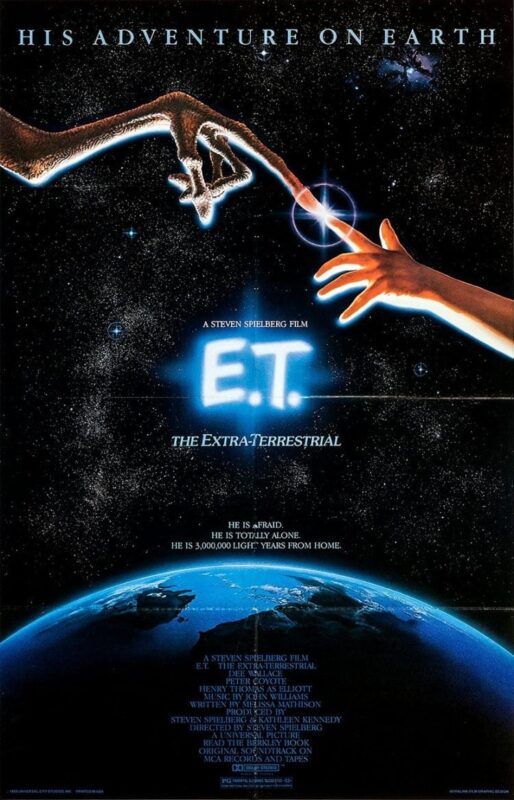
Source: clickamericana.com
“E.T.”—a shortened word for extraterrestrial, is an out-of-this-world adventure sci-fi from the 80s. It’s all about friendship, courage, and a visitor from another planet.
And it started when a young boy named Elliott, though not a troubled boy but has an absentee father, discovers a friendly alien stranded on Earth.
From thereon, he embarks on a thrilling journey to help his new friend, E.T., find a way home. Along the way, they encounter government agents, heartwarming moments, and plenty of excitement.
Why This Series Deserves a Remake?
Wouldn’t you want the magic of this heartwarming tale brought to life with today’s technology?
A new generation of kids and families could experience the wonder of Elliott and E.T.’s bond in stunning visuals and immersive storytelling.
Plus, with themes of friendship and acceptance, age recommendations aren’t limited since it’s a story that resonates across generations.
7. The Goonies

Credit: @ecrater / Pinterest
One of the must-watch classic movies from the 80s that brought us to a wild adventure is “The Goonies”!
This epic tale follows a group of brave kids—Mikey, Mouth, Data, Chunk, and more—on a quest to find hidden treasure and save their homes from foreclosure.
Imagine hidden caves, booby traps, treasure maps, and even a pirate ship—the dream of every child! It’s a rollercoaster of excitement and laughs.
Why This Series Deserves a Remake?
With today’s technology, we can make the thrills even more thrilling! Imagine the gadgets the kids could use—like supercharged short circuits and high-tech maps.
Plus, with talented young actors like Jaden Smith, we’d be watching a whole new generation of adventurers!
But it’s not just about the action scenes. “The Goonies” teaches us about friendship, bravery, and never giving up—even when the odds are against us.
And that’s what we all need nowadays in this fast-paced world.
8. Field of Dreams
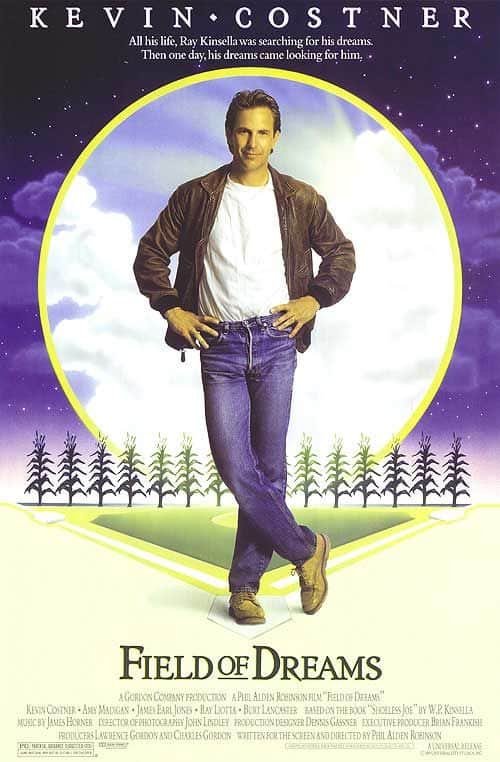
Credit: @tjsoderstrum / Pinterest
Imagine a field where dreams come to life! “Field of Dreams” is a heartwarming tale from the 80s that’s as timeless as it gets.
It follows Ray Kinsella, a devoted father and husband who hears a mysterious voice whispering, “If you build it, he will come.”
Inspired by this cryptic message, Ray transforms his cornfield into a baseball diamond. This is the start of his journey on faith, redemption, and the power of believing in the impossible. Sounds mysterious, right?
Why This Series Deserves a Remake?
Imagine a modern animated rendition that brings the magic of “Field of Dreams” to a whole new generation of kids and families. With stunning animated movies these days, we can expect superb visuals and captivating storytelling.
Moreover, this remake could introduce young audiences to the joys of following their dreams and the importance of family bonds.
Plus, diving into mature themes like second chances, reconciliation, and the pursuit of passion could resonate with viewers of all ages. Because in the field of dreams, miracles happen, and magic awaits around every corner.
9. The Little Mermaid
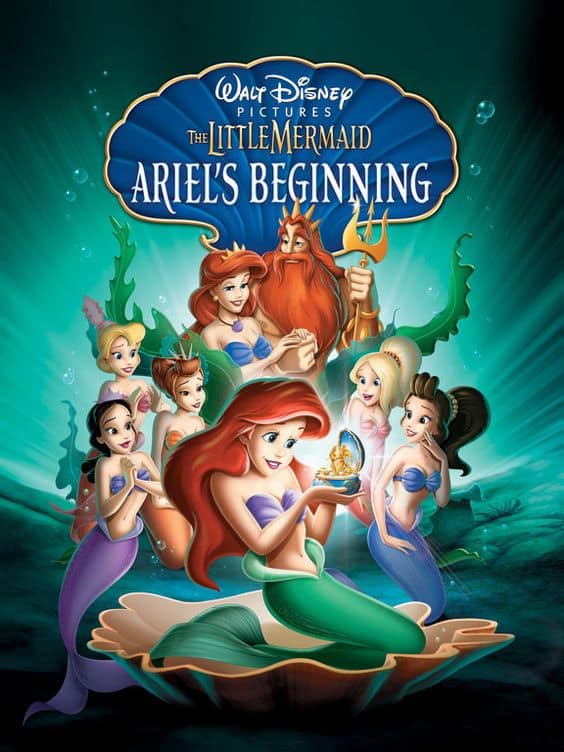
Credit: @LadySash11 / Pinterest
Another favorite among children in the category of kids’ movies in the 80s is “The Little Mermaid.” It follows the enchanting tale of Ariel, a spirited young mermaid who dreams of life beyond the sea.
Living under the rule of her father, King Triton, Ariel finds herself fascinated by the human world, particularly after rescuing Prince Eric from a shipwreck. Determined to explore life on land and be with her newfound love, Ariel makes a daring deal with the sea witch Ursula.
She traded her voice for a chance to become human. With the help of her friends, the lovable flounder Flounder, and the hilarious crab Sebastian, Ariel embarks on a magical adventure filled with romance, danger, and self-discovery.
As she navigates the challenges of the human world and confronts Ursula’s treachery, Ariel learns the true meaning of love, courage, new friends, and sacrifice.
The Remake
Well, the remake of this classic movie in 2023 has stirred up a storm of opinions. While some can’t get enough of its fresh take on the beloved tale and jaw-dropping visuals, others aren’t so easily won over.
Most of the negative feedback was pointing out flaws like lackluster underwater scenes and less-than-stellar renditions of classic tunes. Some felt the film dragged on too long and missed the spunky charm of the original Ariel.
And don’t even get them started on the new songs and CGI effects.
As for the positive aspects, many were happy to watch the remake because of Halle Bailey’s performance as Ariel. They praised it and said that it was the highlight of the film.
She is described as “radiant,” “expressive, energetic, and infinitely likable,” and able to capture the essence of the original Ariel character while adding more depth and complexity. Moreover, some reviews highlight that the remake is the “most successful” of Disney’s live-action remakes. That’s because they could maintain the original’s heart while offering a fresh take.
Conclusion
The enduring charm of movies from the 80s and 90s remains a testament to their timeless appeal. These cinematic treasures have entertained children and instilled values of friendship, courage, and imagination.
These films have left an indelible mark on our collective consciousness, from heartwarming tales of love and adventure to whimsical journeys into fantastical worlds. Thus, they became cherished parts of our shared cultural heritage.
However, as we embrace the opportunities of the present, there’s an undeniable allure in revisiting these beloved classics through remakes. Filmmakers have the chance to reignite the magic for today’s audience while preserving the essence that made these films so beloved in the first place.
Thus, the call for remakes of 80s and 90s family movies honors the legacy of these iconic tales. And, of course, remakes ensure that their timeless messages of love, friendship, and adventure continue to resonate with audiences for generations to come.
